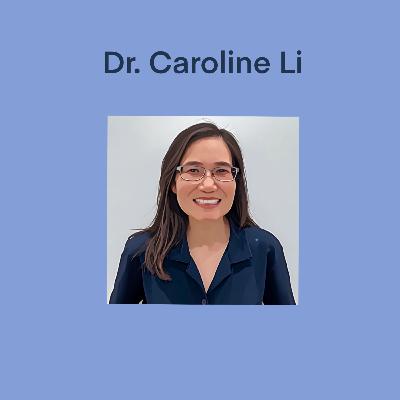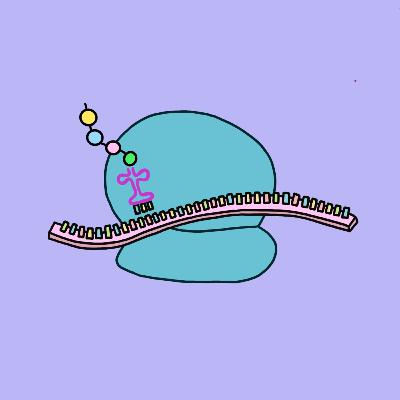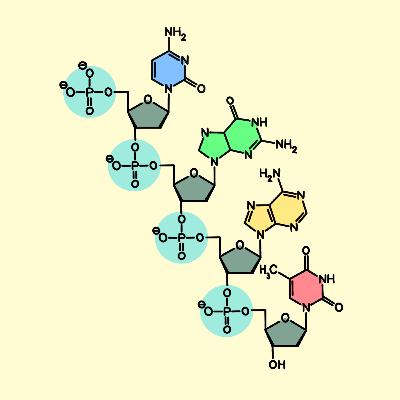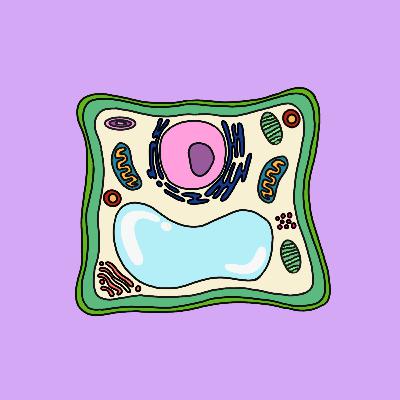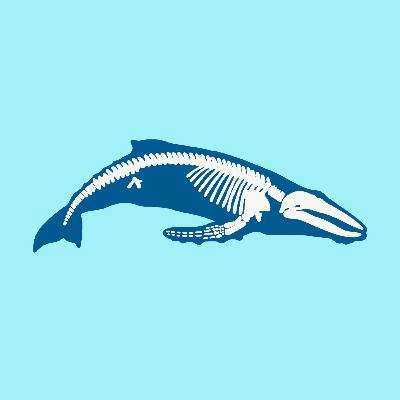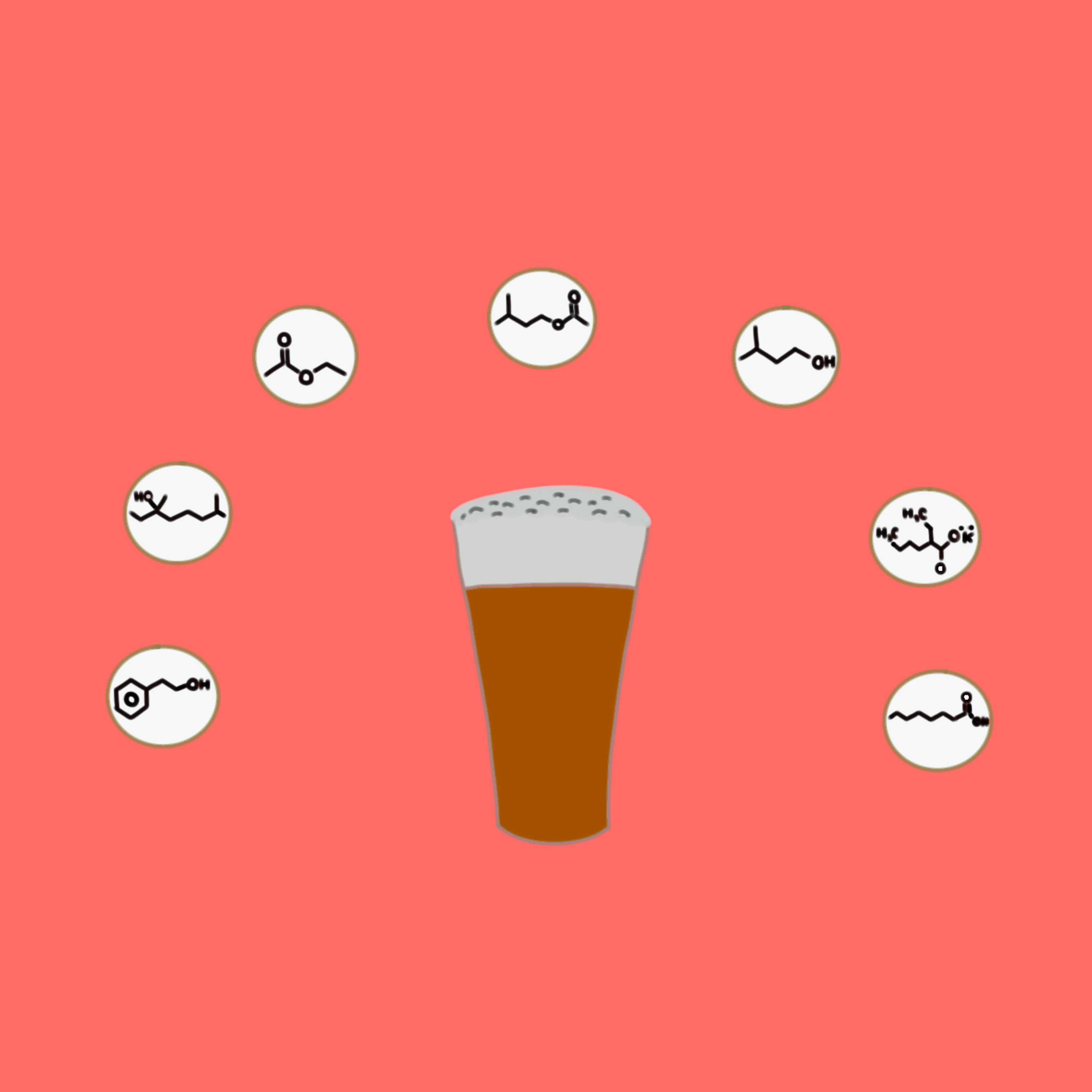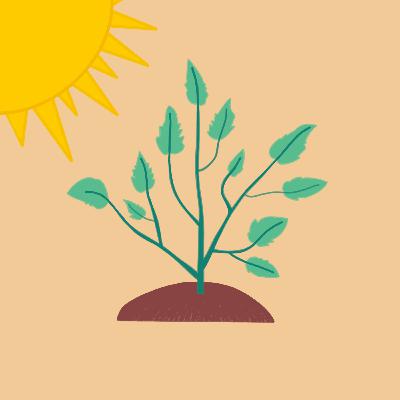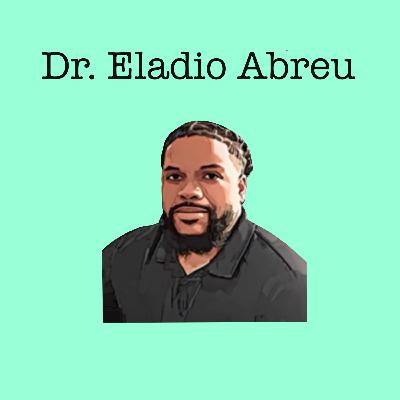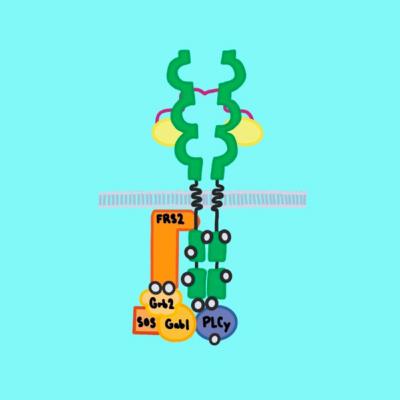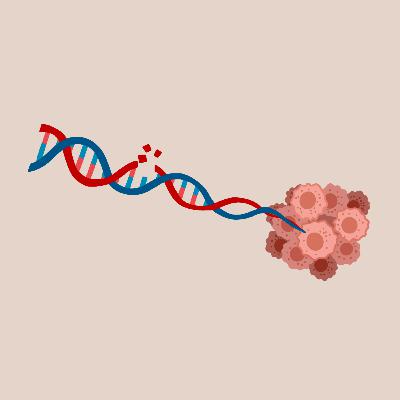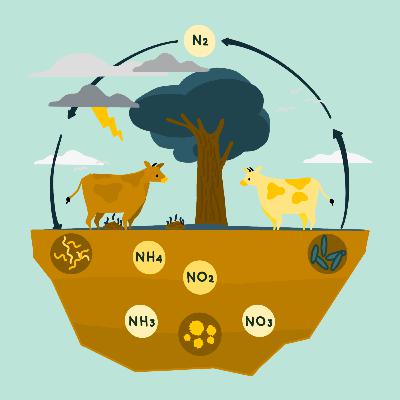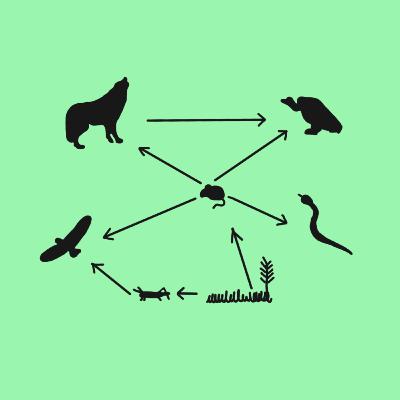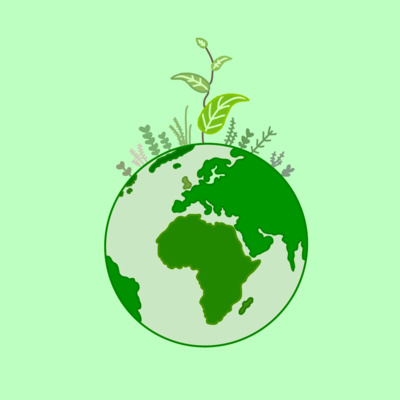Discover BioTime
BioTime

BioTime
Author: Christopher Jang
Subscribed: 27Played: 246Subscribe
Share
© 838248
Description
Welcome to BioTime, a place for you to discover how our complex world works. From biology and chemistry crash courses to interviews with scientific researchers at the forefront of their field, this podcast hopes to help you not only learn more about the complexities of life but also gain an appreciation for the sciences. This podcast is hosted by Christopher Jang.
44 Episodes
Reverse
In this episode, we have a discussion with Dr. Caroline Li, an assistant professor at City of Hope, a top ten cancer research center. She shares with us her academic journey from discovering her passion for science at a young age to establishing herself as faculty member of City of Hope. This episode gives great insight into the journey of a scientist, showing the successes and failures one encounters along the way.
Our bodies love processing glucose, the primary energy source for many organisms. It is simple and easy to extract the energy contained within this simple sugar. But, there are other sugars that organisms can utilize such as lactose. One way that E. coli and many other bacteria harness lactose as an energy source is with the help of the lac operon. This episode explores the components of the lac operon and how the operon functions under varying levels of lactose and glucose.
In the early 2000s, news headlines were all reporting of the same terror: ricin laden letters. Once a person comes in contact with ricin and the poison is absorbed, cells lose the ability to perform translation. Without translation, the body is unable to synthesize proteins critical for life. In today’s episode, we will explore the step by step process of translation along with the structural components involved (ribosomes and t-RNA).Translation YouTube Video Link: https://youtu.be/Vu6LBOQSqiE
DNA serves as the genetic blueprint for all living organisms. They hold all of the information that govern our very existence. Our growth and development as living organisms relies on this essential biological molecule. In this episode, we will be explore the structure of DNA. Specifically, we will analyze nucleotide structure, dehydration synthesis, complementary base pairing, and the double helix.
Today, we have Charles Darwin to thank for the theory of evolution and natural selection. His work has revolutionized our understanding of life on Earth. In his infamous novel, On the Origin of Species, he proposed a core concept that we refer to as Darwin's four postulates. These postulates serve as the foundation for how natural selection occurs. In this episode, we will explore each of these postulates and dive into how natural selection occurs.
As biologists, we are responsible for the study of life. We study a vast range of topics from how cancer cells interact with each other to the origin of life. We study everything that is living. But, what does it mean to even be alive? Today, we will be discussing the 7 characteristics of living organisms.
Life around us is ever changing. If we were to time travel back a hundred thousand years, the many animals that we adore and love would not look the same. Dogs would not look the same. Cats would not look the same. Even plants like trees would not look the same. Why? The answer lies in evolution. In this episode, we will be exploring five major pieces of evidence that support the theory of evolution: artificial selection, intermediate forms, homologies, vestigial traits, and the hierarchical organization of life.
Have you ever wondered how beer is brewed? How does yogurt gain its signature creamy texture? These delicacies owe their existence to fermentation. Today we will be exploring fermentation, a form of anaerobic respiration. Specifically, we will be exploring lactic acid fermentation and alcoholic fermentation. We will dive into why these processes are essential to life, the steps involved in each pathway, and how they are applied in the beer and yogurt industry.
Looking out at the plants surrounding us, it might seem as if there is not much going on in their lives. But, if we were to zoom in on these plants and gaze into their interior, we would find the most intricate and complex biological processes that we are still far from fully understanding. One process that we can observe is the light dependent reactions of photosynthesis where plants harness the energy of the sun, converting it into a form of usable energy. Today, we will be explore how this process works.
As humans, we have a constant need to breathe. With every breath, we fill our lungs with an essential gas: oxygen. But why is oxygen so essential to life? Oxygen is needed for a process called oxidative phosphorylation. This is a process that we as humans along with countless other organisms need to survive. Today, we will explore how oxidative phosphorylation works.
In the 20th century, there was an explosion in our understanding of cellular structure. Many of these recent finding have transformed the way biologists approach cellular function. In 1972, S.J. Singer and Garth L. Nicolsen, proposed a revolutionary cell membrane model called the fluid mosaic membrane. This episode dives into what the fluid mosaic model proposes, the structural components of a cell membrane, and how a cell membrane maintains its fluidity.
This episode is the very first of our new series, From the Inside, where I interview high achieving professionals in the life sciences about their academic journey, advice they have for those interested in their field, and what life is like in their line of work. Our first speaker is Dr. Eladio Abreu, an associate teaching professor of biology at Emory University. In this episode, Dr. Abreu discusses his path to becoming a professor, advice he has for others interested in careers in academia, challenges he has faced in his career, work life balance, and more.
Skin color is something that has baffled scientists for centuries. As we look around ourselves, we find tremendous amounts of variation in skin color, from black to brown to white. There is an entire spectrum of skin color to be found. Why does this variation exist? In this episode, we dive into the evolutionary origins of skin color. We will begin our discussion by exploring melanin and why it is important to humans. We will then move onto a discussion of how and why we are able to observe such a wide variety of skin tones. Finally, we will end the episode with a conversation on the importance of understanding skin color and how this knowledge can be applied to medicine.
From wound healing to cell growth to bone formation, fibroblast growth factors (FGF) and fibroblast growth factor receptors (FGFR) are responsible for a diverse range of biological processes. This episode begins with the basics: the functions of FGFs and FGFRs. We will then move on to an indepth dive into the structure of FGFRs and how they work with FGFs to initiate the desired cellular response. Finally, we will end the episode by exploring the three main pathways used by FGFs and their corresponding receptors.
FGFR Model: https://images.app.goo.gl/FaZjvuh5H1QnTgfa8
Cancer is a disease that has a chokehold on today’s society. With approximately 2 million new cancer diagnoses in the US every year paired with 10 million cancer-caused deaths worldwide, scientists have been struggling for centuries to find a cure. In today’s episode, we discuss the two main classes of genes that lead to cancer: proto-oncogenes and tumor suppressor genes. We will dive into the functions of these genes along with how and why they induce cancer.
When we think about the air surrounding us, we often relate this gaseous mixture to oxygen, the giver of life. However, there is another vital element in the air that we too often disregard: nitrogen. The Earth’s biosphere would be nothing without nitrogen. Life as we know it today would not exist if it were not for this element. This episode will discuss the five different processes that convert nitrogen-containing compounds from one form to another: nitrogen fixation, nitrification, anammox, denitrification, and ammonification. We will then proceed to talk about why we even have this episode about nitrogen. Why is it important? Why is it necessary for life? Finally, we will close out the episode with a discussion on how we as humans have artificially inserted ourselves into the nitrogen cycle and the detriments this has led to for the environment.
In society, we have many different people with different roles and ecological communities are no different. All organisms are interconnected through a complex web of interactions and a way we can describe the composition of species in a certain geographic location is to look at community structure. Today we will be exploring community structures, species diversity, species richness, species evenness, keystone species, and foundational species.
As humans, we walk, talk, run, and do an endless list of tasks a day, all of which require energy. Where is all of this power generated from? In this podcast, we will be discussing the structure of a mitochondrion, the function of a mitochondrion, and how cellular respiration takes place within the mitochondrion.
13.8 billion years ago, our universe exploded into existence. But from that point on, how did life form? Today, we are going to be talking about the origins of life on Earth and hypotheses about how life came to inhabit this planet.
The Earth formed around 4.5 billion years ago. Over the past billions of years, evolution has greatly changed life as we see it today. If we transport ourselves back in time and look at cells, we will notice that they are extremely simple. But, in the present day, we notice that cells have become much more complicated beings with very complex processes that require many entities in order to function. The process of how this occurred is known as the endosymbiotic theory. This podcast will discuss what the endosymbiotic theory is and the evidence that supports it.


